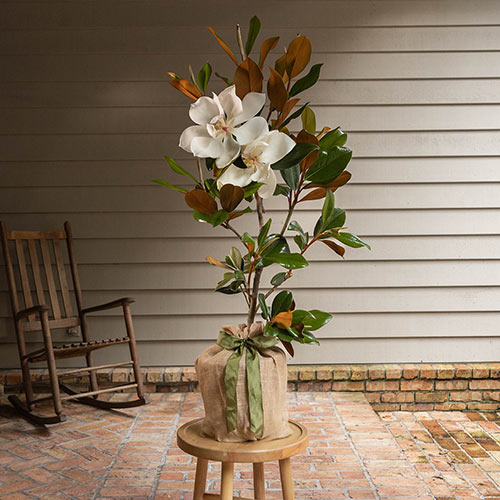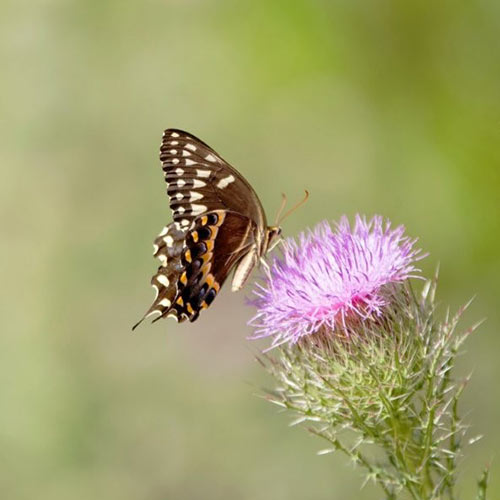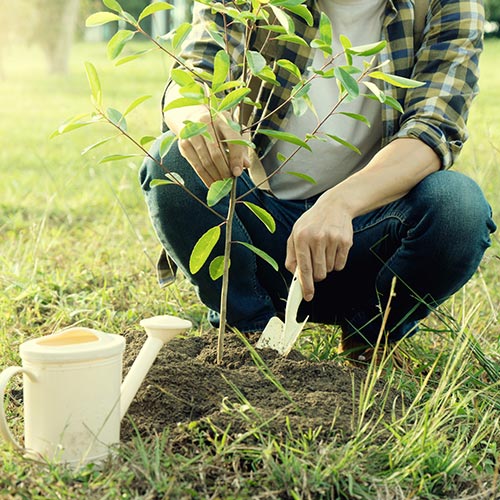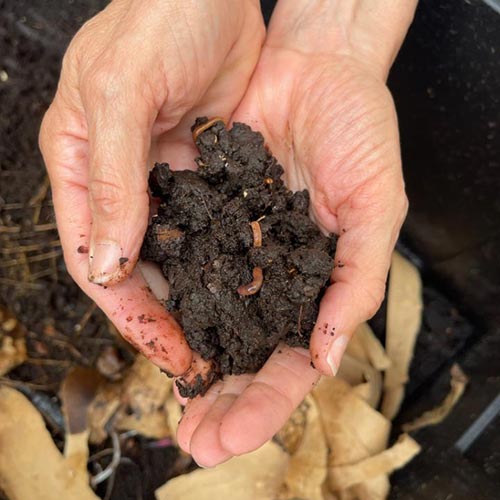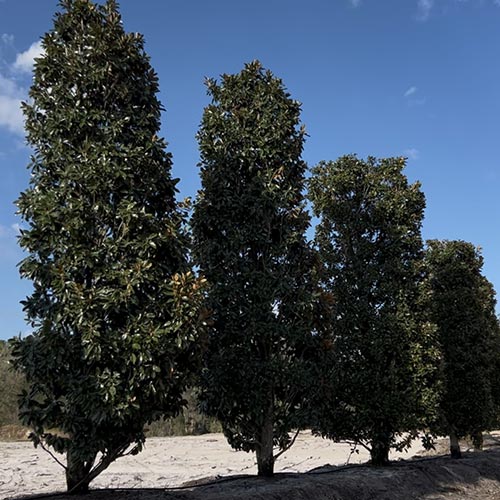3 Ways Engaging with Nature Is Great For Your Brain
May 18th, 2022
How to Tap Into the Benefits of Nature For Your Well-being
I have fond memories spending afternoons picking weeds with my grandmother. The cool earth in my hands, the satisfying crunch of the roots breaking away from the dirt, and losing my thoughts in the repetitive action.
Now after two decades of growing magnolias and other gift trees, I’ve really learned how being in nature has more benefits besides increased vitamin D.
Being in nature has also been shown to decrease stress, boost happiness, and reduce anxiety.
Nature Helps You Stress Less
We don’t know exactly how nature makes us stress less, but there are a few studies to prove that it does. For example, a recent Japanese study tested the benefits of walking in either a forest or an urban setting.
The participants walked the same distance and with the same speed while their heart rate variability, heart rate, and blood pressure were monitored. Then after their walk, the participants completed questionnaires regarding their moods, stress levels, and other psychological factors.
After the study, the researchers found that those who walked in forests had lower heart rates and higher heart rate variability, which is linked to more relaxation and less stress. Plus, they had better moods and less anxiety than those who walked in cities. The researchers came to the conclusion that being in nature relieved stress more than exercise alone.
Nature Helps You Be More Creative
Nature has always been a source of inspiration for artists, writers and other creative individuals. It is not only the beauty of nature that inspires us, but also the fresh air, the sounds and the smells, which we can only find in nature. And as it turns out, the connection between nature and creativity is pretty strong.
In a recent study conducted by Peter Aspinall at Heriot-Watt University, Edinburgh, and colleagues, participants were instructed to walk through either an urban green space or a non-green urban space. The researchers tracked their brains through a mobile electroencephalogram (EEG).
According to the EEG readings, the participants walking through the urban green space experienced lower frustration, engagement, and arousal, and higher meditation levels while in the green area. While the participants walking through the non-green space experienced higher engagement levels.
Researchers believe that this lower engagement and arousal might be why we have a more open, creative mindset when in nature.
Nature Helps You Improve Mental Health
If you go out in nature and instantly feel your mental health improve, it’s not just in your head. Nature has been shown to decrease multiple mental health symptoms.
One study completed by the University of Exeter Medical School in England discovered that those who lived near more green space experienced less mental distress—even after adjusting for variables like income, marital status, and employment.
In another study conducted in 2009, Dutch researchers discovered that people who lived within a half-mile of green space had a lower incidence of 15 ailments, including depression, anxiety, and migraines.

3 Ways to Incorporate Nature into Your Daily Life
Now that you know a few of the benefits of spending time in nature, let’s talk about a few easy ways you can incorporate nature into your daily life.
- Get outside: The benefits of spending time in nature are well-known, but sometimes we don’t have the opportunity to get outside. One way to incorporate nature into your daily life is by going on a walk or hike with family or friends. These activities will help you stay active and healthy while also getting some fresh air and exercise.
- Bring nature indoors: Another way to bring nature into your life is by bringing plants indoors. There are a variety of plants that can be grown inside, from cacti to ferns, which can add some extra color and life to your home or office space.
- Try out aromatherapy: The healing powers of nature don’t have to stop when you come inside. Aromatherapy, or using the scent of plant extracts/essential oils for healing purposes, is a wonderful way to get in touch with nature from the comfort of your home. Different plant essential oils have different uses. For example, diffusing lavender essential oil has been shown to decrease anxiety.
Overall, you don’t have to spend time outside every day to be happy. Simply find easy and accessible ways to add daily nature into your life so that you can reap some of its amazing benefits.
Recent Articles




